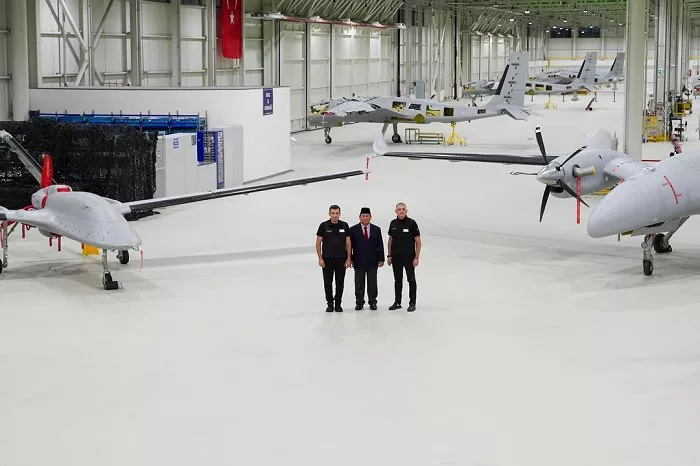Indonesia’s armed forces are working to improve their use of drones, but major challenges remain. The country is still trying to develop proper training systems, improve coordination between military branches, and shift its focus toward more flexible and modern drone strategies.
One of the main issues is pilot training. Flying drones—whether small or large—requires different levels of skill. Operators of small drones can be trained in about four to eight weeks, while flying larger drones may take years. Large drones demand skills similar to those needed for piloting traditional aircraft. Even small drones require knowledge of navigation, signal handling, control, and target identification.
In Indonesia, most training for large drone pilots is tied to arms purchases and usually involves the air force. Small drone training, however, lacks consistency. Instead of using a standard military curriculum, the training is often handled by civilian contractors, raising concerns about its quality and operational fit.
Coordination between military branches is another major concern. Effective drone use requires communication between units and strong integration with electronic warfare teams. If one branch jams signals being used by another, the drones become useless. Friendly fire incidents are also a risk if coordination fails.
Mission planning, execution, and damage assessment need to be handled in a unified way, something the Indonesian military has struggled with for years due to its complex force structure. The growing use of drones is adding to this challenge. An integrated tactical datalink system is expected to roll out in 2024, which could improve communication across branches, but its effectiveness is still unproven.
Indonesia began exploring drone capabilities nearly two decades ago, but real progress only started in January. That’s when the commander of the armed forces called for a shift in military doctrine to embrace emerging technologies, including drones.
Soon after, Indonesia entered a joint venture with Turkish drone manufacturer Baykar and local company Republikorp to produce 60 TB3 drones and nine larger Akinci drones. The navy has also shown interest in acquiring Italy’s retired aircraft carrier Garibaldi, which could serve as a platform for the TB3s.
But this reflects a long-standing pattern in Indonesia’s drone strategy: a focus on large, expensive drones. The TB3, for example, weighs 1.6 tonnes—far heavier than the lightweight drones widely used in modern conflicts like the one in Ukraine.
Battlefield experience has shown the importance of combining large drones with smaller, disposable ones. In Ukraine, small drones have been credited with causing 60 to 70 percent of Russian casualties. These drones are cheap, easy to produce in large numbers, and effective even in heavily defended areas.
Indonesia’s air force mostly uses large drones like the CH-4, which weighs 1.3 tonnes, for surveillance and strikes in areas such as the South China Sea. It also deploys Aerostar drones in counterterrorism operations in Sulawesi. Meanwhile, the army and navy lean toward smaller tactical drones for border patrol and counterinsurgency. Special forces and marines in Papua use commercial drones from DJI, Autel, and Ziyan, which are valued for their vertical take-off ability in tight spaces.
The military’s use of many different drone platforms across its branches adds complexity. To succeed, Indonesia needs a clear doctrine for how drones are used, a central command structure for real-time intelligence sharing, and solid infrastructure for datalinks. It also needs a steady flow of trained drone operators.
A layered drone system, combining both large and small models, would bring key benefits. First, it would simplify purchasing and reduce costs by limiting the number of different platforms. Second, it would allow each branch to focus on specific roles and avoid overlapping efforts. Third, treating drones as disposable tools would support a local defense industry focused on affordable, scalable production.
In the end, Indonesia’s future drone power won’t be determined by high-end purchases alone. It will depend on how well the military builds a balanced system of drone use, grounded in smart planning, proper training, and strong coordination. The right mix of technology and tactics will decide whether Indonesia can keep pace in modern warfare.


